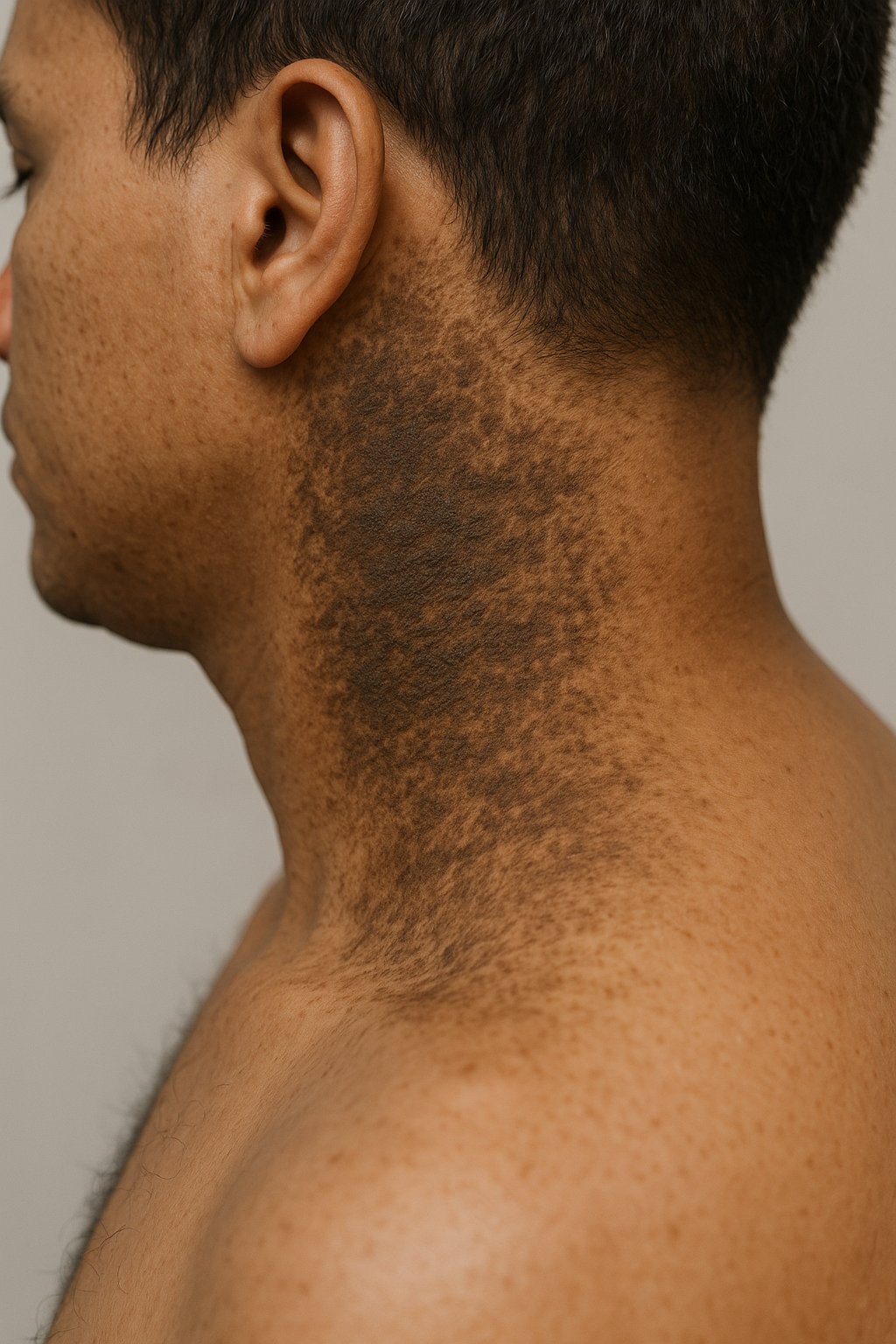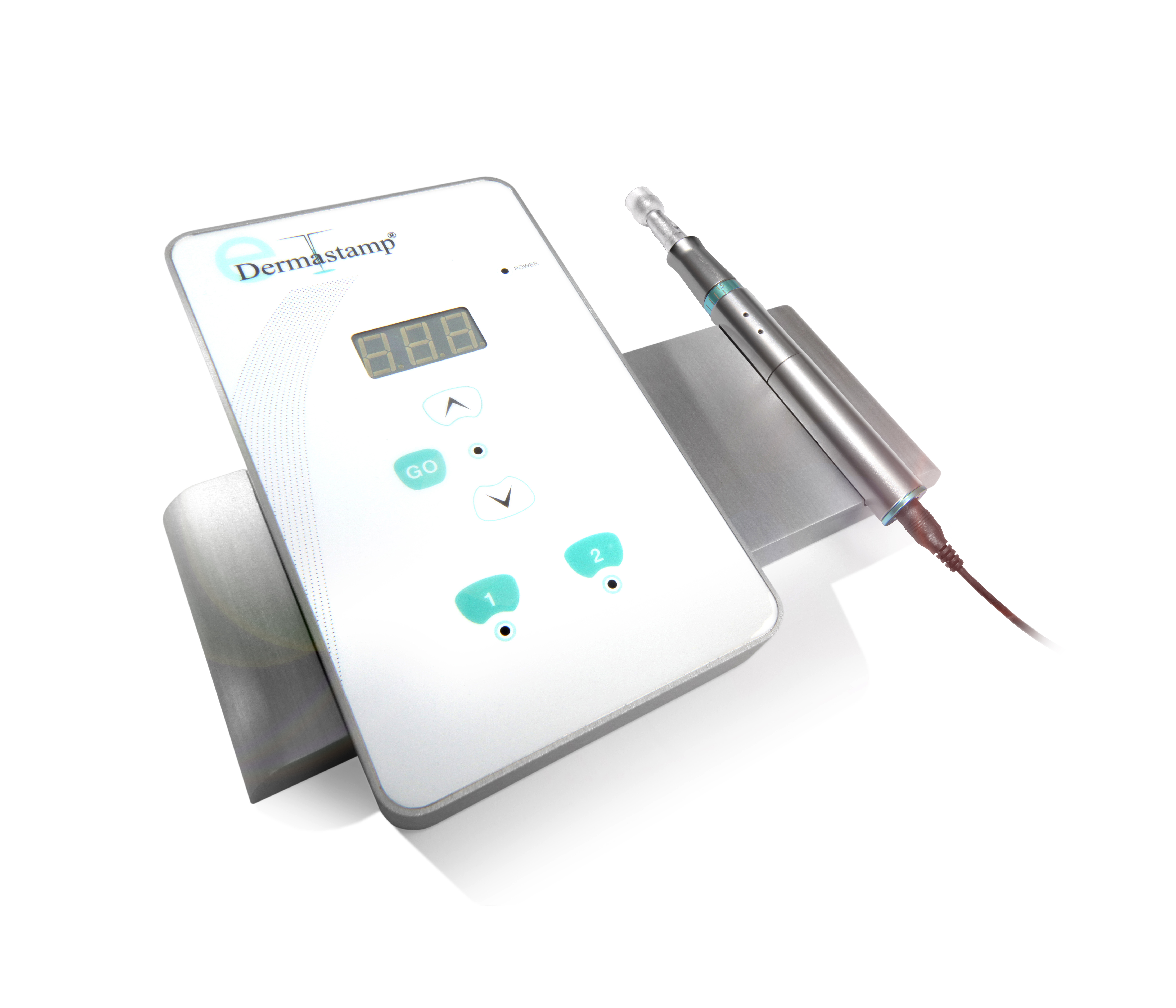A condition of spider telangiectasia is a result of dilated blood vessels and has a spider-like appearance. This condition earned its name due to having a central red papule, which can be perceived as spider’s body, and radially extending red lines, which can be perceived as spider’s legs.
About 10-15% of children and adults have a solitary spider telangiectasis. Multiple spider telangiectasis is prevalent among pregnant women, women who are taking a combined oral contraceptive pill, and in patients with liver disease (e.g. cirrhosis as a result of alcohol abuse).
Spider telangiectasis is a vascular malformation that develops over time. The tiny muscle is unable to restrict the size of an arteriole. The increased pulsating flow via the vessel (central papule) results in the dilation of distal vessels (the red lines).
Spider telangiectasis may arise either spontaneously or be triggered by circulating oestrogen. The levels of oestrogen are usually increased in pregnant women, women taking combined oral contraceptives, or people with liver disease. Different vascular endothelial growth factors can be involved in the development and progression of the spider telangiectasis.
Face, neck, and upper chest are the common sites where spider telangiectasis can be found. Additionally, it can occur on arms, hands, and other body sites.
Spider telangiectasis can differ in size and number. For example, it tends to be larger and more numerous in individuals with severe liver disease who exhibit other cutaneous signs of liver disease, such as jaundice, palmar erythema, and leukonychia. A central dilated arteriole may exist without radial capillaries. Capillaries can also vary in terms of number, length, and diameter. They can also be in shape of stars.
As a result of trauma, these lesions can bleed for a short period of time. However, usually, this condition does not result in any symptoms and/or complications.
The diagnosis of spider telangiectasis is determined by its appearance. Compression of the central arteriole results on the disappearance of the radial capillaries. Once the compression is relieved, it rapidly refills. This can be observed by using dermatoscope.
A spider telangiectasis is harmless and does not require treatment. It can be removed by destroying the feeding central arteriole, but it may result in a small scar. Some of the treatment options include electrosurgery, intense pulse light, and vascular laser.
Spider telangiectasis can disappear with time or continue persisting. If spider telangiectasis was triggered by oestrogen, it can disappear by six months postpartum, or if a woman stops taking combined contraceptive pill. These lesions may reappear after initial successful treatment.
Centre for Medical and Surgical Dermatology offers unique and personalized spider telangiectasis treatment options for each patient.
For more information regarding surgical dermatology, visit the following link:
One Comment
Comments are closed.
Related Posts




Awesome content